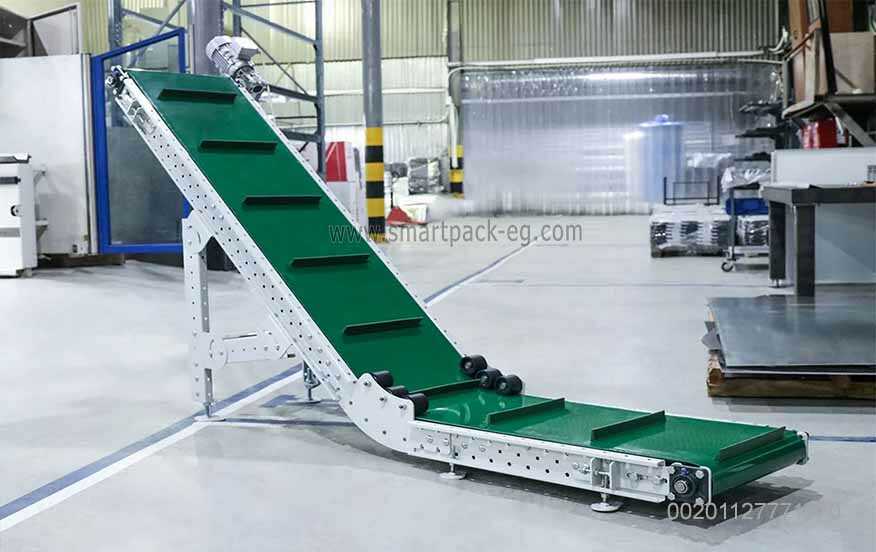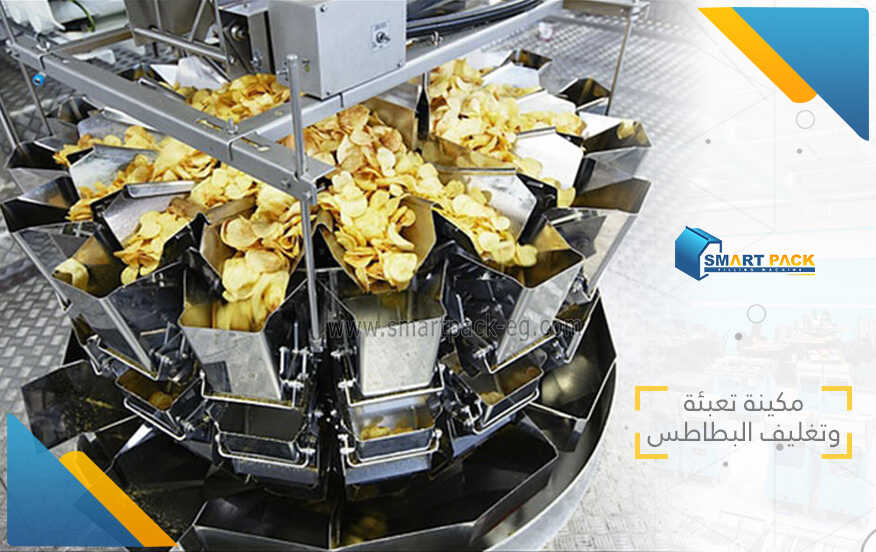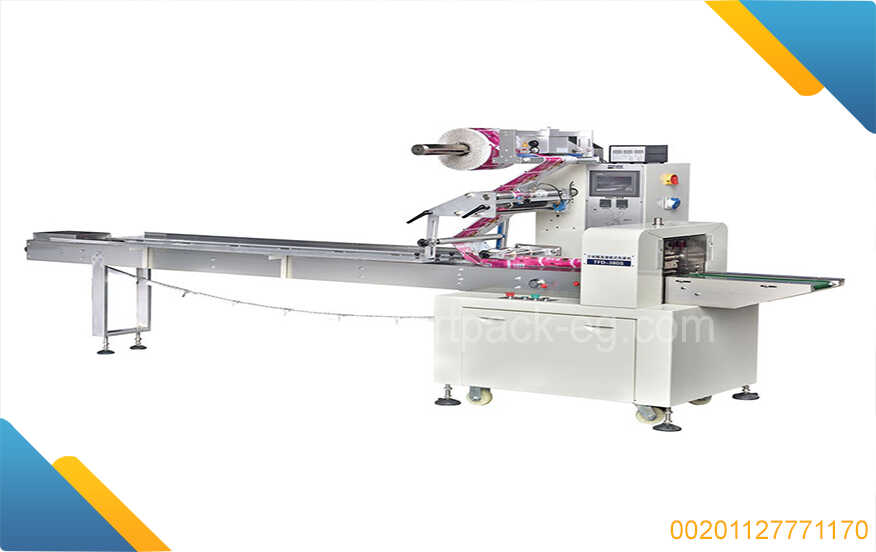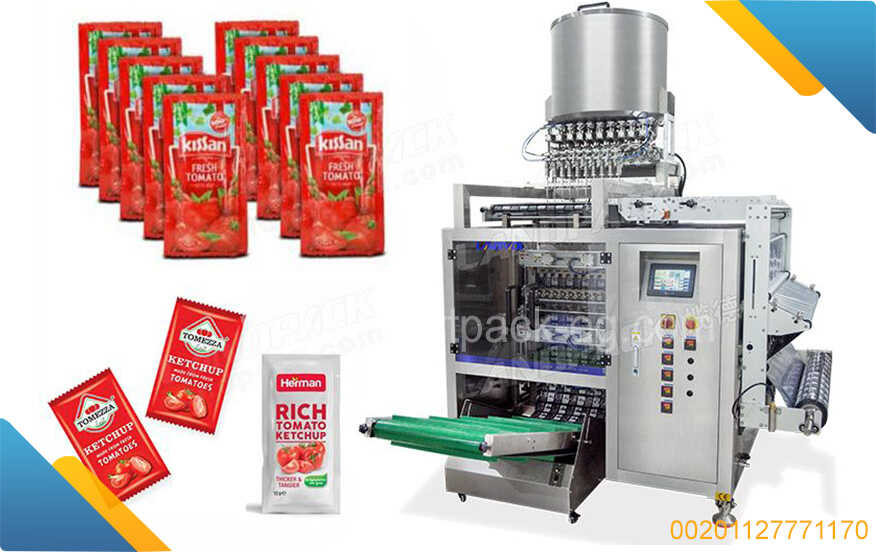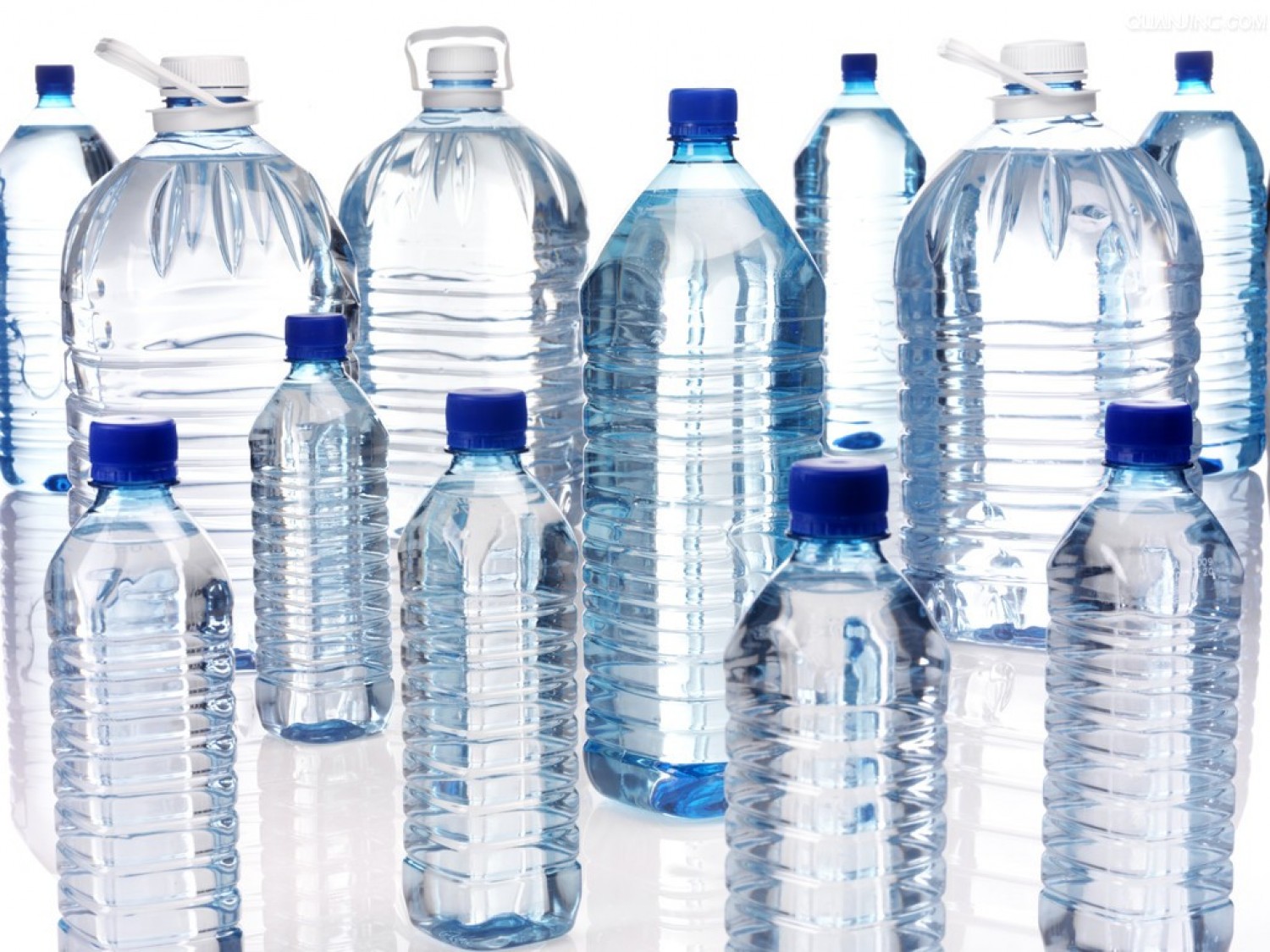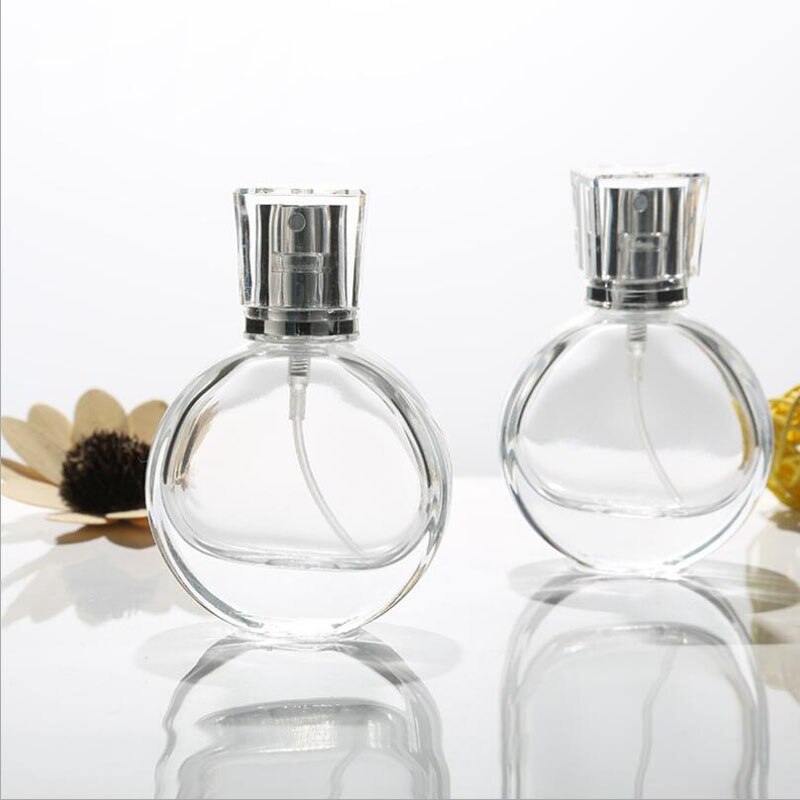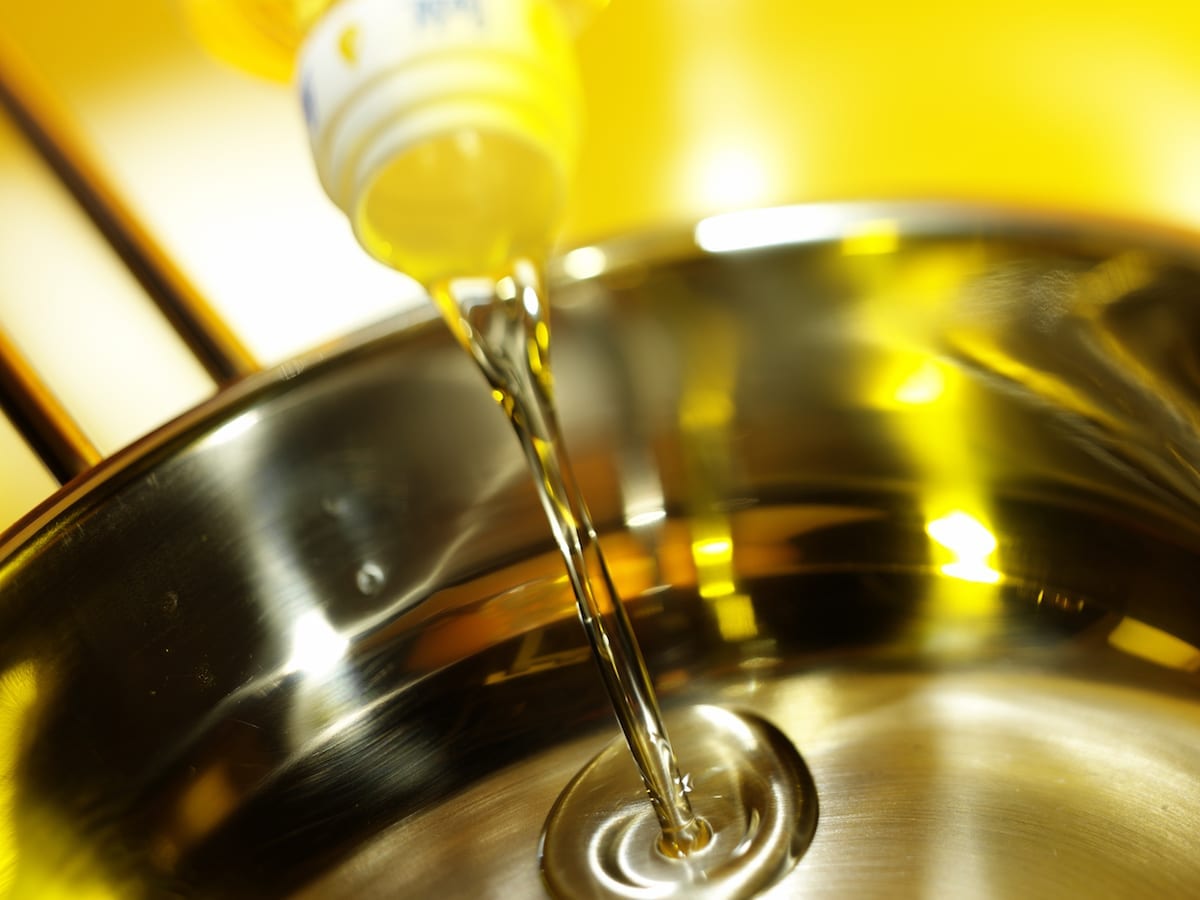Title: A How-To Guide on Common Methods of Sterilization Against Viruses
Introduction:
In today's world, where hygiene and cleanliness are paramount, it is crucial to have a thorough understanding of the different methods of sterilization against viruses. Ensuring high standards of sterilization not only helps prevent the spread of infectious diseases but also promotes a healthier and safer environment for all. In this guide, we will delve into some commonly used methods of sterilization and explore their effectiveness in combating viruses.
- Disinfectants and Antiseptics:
Disinfectants and antiseptics are widely used to eliminate viruses on various surfaces and skin. These chemicals work by disrupting the integrity of the virus, rendering it inactive or unable to replicate. Some commonly used disinfectants include alcohol-based solutions, hydrogen peroxide, bleach, and quaternary ammonium compounds.
- Alcohol-based solutions: Products containing at least 60% alcohol are effective against a broad range of viruses, including SARS-CoV-2, the virus responsible for COVID-19.
- Hydrogen peroxide: A powerful oxidizing agent, hydrogen peroxide is effective against many viruses when used in appropriate concentrations.
- Bleach: Diluted bleach solutions (sodium hypochlorite) can be used to disinfect hard surfaces. Follow manufacturer instructions for proper use and safety precautions.
- Quaternary ammonium compounds: These disinfectants are commonly used in healthcare settings and can be effective against certain viruses.
It's important to follow the instructions provided by the manufacturer for the correct dilution ratios, exposure times, and safety precautions when using these products.
- Heat Sterilization:
Heat sterilization is a reliable method for killing viruses effectively. High temperatures denature viral proteins and nucleic acids, rendering them non-infectious. Two common heat sterilization techniques are:
- Autoclaving: Autoclaves use pressurized steam to achieve temperatures above the boiling point of water, typically around 121°C (250°F). This method is commonly used in healthcare facilities and laboratories.
- Dry Heat Sterilization: This method involves heating objects at high temperatures (160-180°C) for a specific duration. Dry heat sterilization is suitable for certain heat-stable medical equipment.
Remember to follow specific guidelines provided for each item, as some objects may be heat-sensitive and require alternative sterilization methods.
- UV-C Radiation:
Ultraviolet-C (UV-C) radiation is a form of electromagnetic radiation that has germicidal properties. It damages the DNA or RNA of viruses, preventing them from replicating. UV-C lamps are commonly used in hospitals, laboratories, and water treatment facilities for disinfection purposes.
It is essential to ensure proper exposure time, distance, and lamp maintenance to achieve effective sterilization with UV-C radiation.
- Filtration:
Filtration is a physical method of sterilization that involves passing a liquid or gas through filters to trap and remove viruses. HEPA (High-Efficiency Particulate Air) filters are commonly used in air purifiers and medical-grade equipment to eliminate microorganisms, including viruses.
HEPA filters have a high level of effectiveness, capturing particles as small as 0.3 micrometers. However, the filter's efficiency may vary based on the specific virus size, airflow rate, and filter integrity.
Conclusion:
Understanding different methods of sterilization against viruses is crucial in maintaining optimal hygiene levels and preventing the spread of infectious diseases. Whether you opt for chemical disinfection, heat sterilization, UV-C radiation, or filtration techniques, always ensure you follow established guidelines and manufacturer instructions. By implementing appropriate sterilization protocols, you contribute to a cleaner and safer environment for everyone.


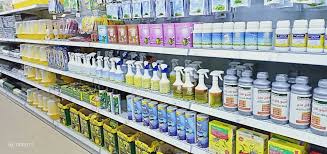
 Admin
Admin 